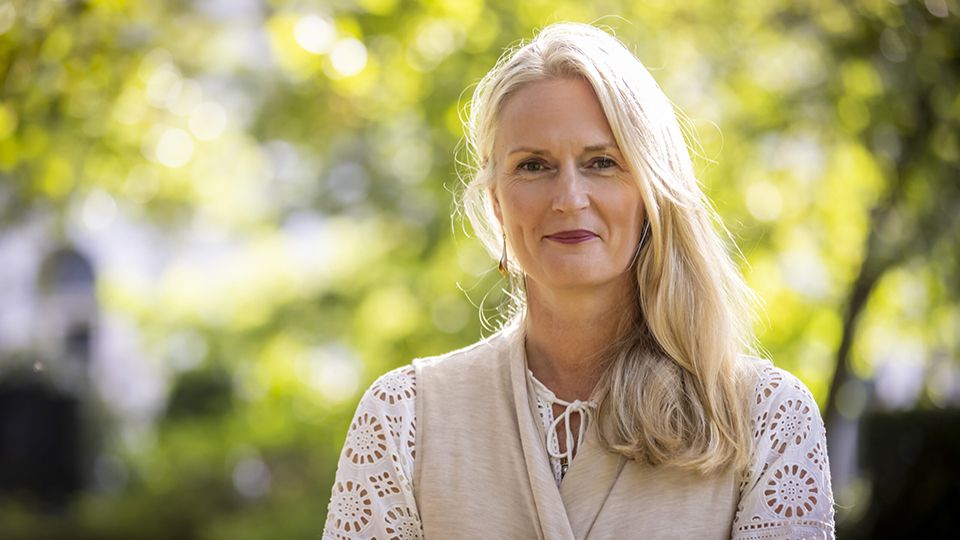As responsible investing continues to take market share, and in doing so comes under greater scrutiny, the need for evidence on how funds are delivering on their objectives becomes crucial in order to counter suggestions of greenwashing.
The latest figures from The Investment Association show interest in responsible investing continues unabated.
In March 2022, such strategies saw their strongest monthly inflows of the year, totalling some £935 million.
The asset management industry has reacted to this ongoing interest with a steady stream of new fund launches, or by repackaging existing strategies with a responsible tilt.
The spectrum of investment options is broad, and by no means homogenous, from the exclusion funds traditionally associated with responsible investing to impact funds that seek to address specific challenges faced by society and the environment.
However, while the responsible investment market is growing in maturity, clear, consistent and tangible metrics evidencing a fund’s impact, positive and negative, remain in their infancy.
Adequate reporting
Due diligence surrounding fund selection has always been challenging. Performance against a stated benchmark or peer group provides some indication of success and regular reporting can put this into some context.
But fund objectives may be expressed in loose terms and so a qualitative overlay is essential to enable a thorough assessment of whether a manager achieves what he or she purports to do.
The longevity of the management team, the resources they can draw on, assets under management and the corporate structure in which they operate are also important considerations.
For fund selectors considering responsible investment, there are additional complexities.
Establishing appropriate benchmarks against which a fund’s social and/or environmental promises can be measured is essential.
Investors are right to expect some tangible evidence of the extent to which a fund delivers on its social and/or environmental objectives.
It is no easy task for asset managers to demonstrate the positive impact their funds deliver, not least securing reliable data from investee companies.
Although there is pressure from governments, regulators and market participants alike for companies to disclose more information on their social and environmental performance, many are still at the beginning of this journey.
Without a common reporting framework in place, businesses are left to interpret for themselves what constitutes best practice.
Some may under-represent themselves in this respect, while others might overstate their credentials, albeit unintentionally.
The production of adequate reporting is also time consuming and resource-intensive, which can create challenges, particularly for companies at the smaller end of the market.
The investment industry does not do itself any favours. The well-documented lack of commonality in phraseology associated with responsible investing has created confusion, although it is hoped that the Financial Conduct Authority’s consultation on fund labelling will address this.
In addition to this, there are no commonly agreed metrics against which responsible investing success can be measured in the same way that a fund’s return relative to a benchmark or peer group can be represented.
An explanation of how a fund maps to frameworks such as the UN’s 17 Sustainable Development Goals can help, since these represent easily identifiable targets, such as ending poverty and promoting gender equality.
This can, though, introduce additional confusion, as different funds map to these goals in differing ways, some of which may be tenuous.
Finding evidence
What tangible evidence, therefore, should a fund selector look for when assessing whether a fund delivers on its responsible promise?
First, a fund manager must clearly state what they aim to achieve, demonstrate their success in achieving this and, where they do not, clearly explain why.
Evidence should be provided using whatever data is available, presented in a standardised and accessible way.
For example, if an impact fund manager has an objective of driving the transition to net zero, they must clearly articulate what this means, how they seek to achieve that and their success in terms of the amount of carbon emissions reduced or the megawatts of clean energy produced.
Fund managers should also illustrate how a responsible approach to investment manifests itself within a portfolio using case studies of individual holdings.
These should explain what a company does and a manager’s thesis for investing in it, describing the challenge a company has identified, how it addresses this challenge and the key performance indicators applied to demonstrate success.
Just as traditional funds have specified time horizons against which financial performance is measured, responsible funds should indicate a timeframe over which their objectives are to be met and provide regular updates on their progress.
In the same way that all funds are expected to produce regular factsheets to offer context to interim financial performance, responsible funds should aim to update their investors on the positive impact they are delivering on an ongoing basis and in real terms.
For a social housing fund, for instance, that might be the number of homeless people that have been rehoused over a particular period, providing some yardstick of success.
There is no doubt that responsible investing can play a central role in addressing a wide range of critical issues, from climate change to modern slavery.
With this, however, comes the duty of evidencing the good responsible funds bring to society and the environment if their promise is not to ring hollow.





